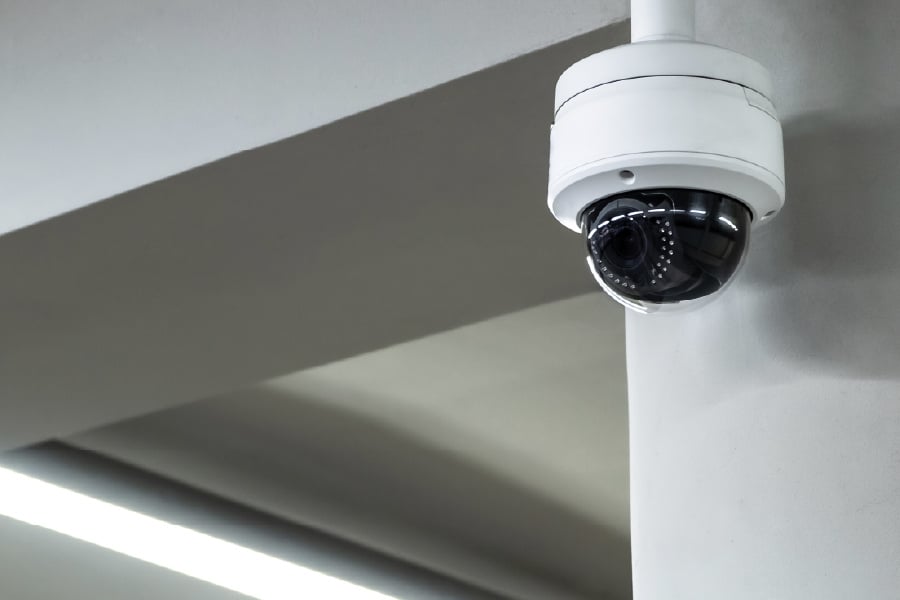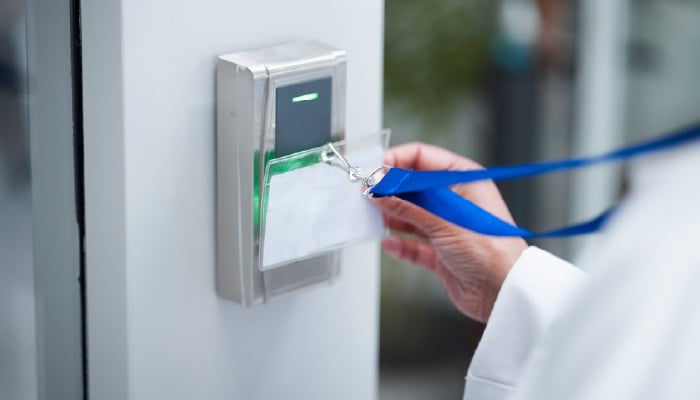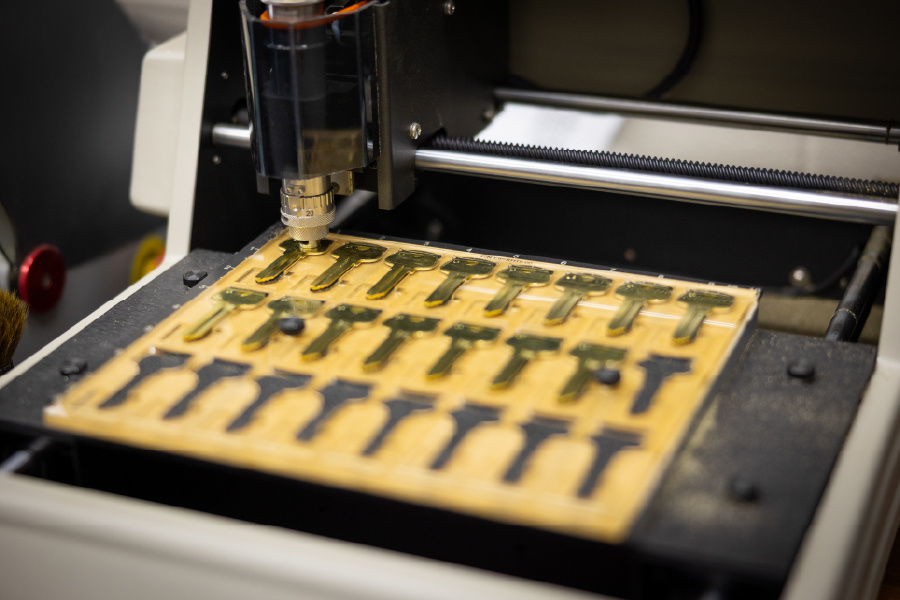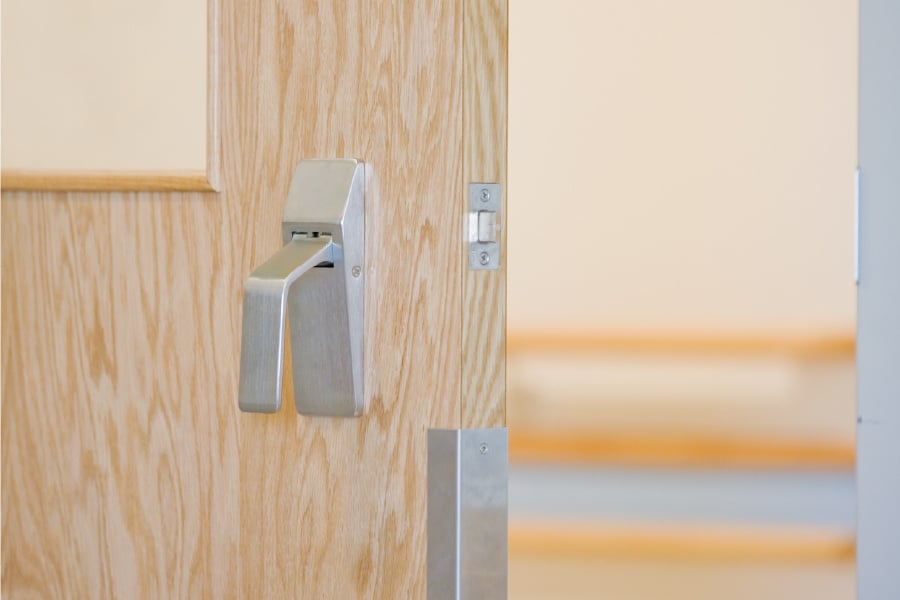
Electronic security systems are often framed as a way to keep the wrong people out.
But in practice, the best systems do more than that. They help the right people move through the building without friction. They reduce interruptions. They build trust. And in critical moments, they support safety by doing exactly what they were designed to do.
Still, many organizations only realize what their system can’t do after it’s too late.
We’ve walked into offices with four layers of security at the front door, but no process for managing temporary vendors. We’ve seen systems that use biometric scanners—but still rely on spreadsheets to track credentials. And more than once, we’ve watched emergency drills fall apart because no one could tell which doors would lock and which would stay open.
This is not a technology problem. It’s a planning problem.

The Most Common Pitfalls We See
You don’t need more tech. You need to make smarter use of the systems you already have. And it starts by avoiding a few common mistakes:
1. Ignoring the User Experience
If an access system frustrates the people using it, they’ll find workarounds. That’s how shortcuts begin—and how security starts to fail.
We’ve seen teams where employees forget their PINs daily, fumble with outdated keycards, or struggle with glitchy biometric scanners. Each friction point slows down operations. The goal is secure, yet seamless access.
2. Overlooking Credential Management
Permissions are not a one-time decision. Roles change. Vendors rotate. People leave.
But in too many buildings, former staff still have active credentials. Vendors have leftover badges. No one’s sure which access levels are still valid. A simple audit turns into a multi-day headache.
The fix? Regular reviews, automated credential expiration, and role-based access tied to HR systems—not to memory.
3. Relying on a Single Layer of Security
A badge at the door is not a complete system. A true access strategy combines layers such as biometric authentication, video monitoring, intrusion detection, and smart software that helps teams see what’s happening in real time.
Think of it like building a castle: The more layers, the harder it is for threats to get through, and the easier it is to catch mistakes before they escalate.
4. Skipping Updates and Maintenance
We've seen systems with outdated interfaces, missing features, known vulnerabilities, and haven't had a firmware update in years. These are all avoidable risks.
Software and hardware need attention. Automatic updates and routine checks should be part of the operating rhythm—not something triggered only when something breaks.
5. Forgetting Visitors and Vendors
Most permanent staff have secure credentials. But what about the HVAC tech who’s there for two days? Or the delivery crew that shows up weekly?
Without a visitor management plan, people slip through the cracks. A sign-in sheet is not a security protocol. Implementing a system that logs, tracks, and controls temporary access is key to maintaining integrity—and peace of mind.

How Smart Security Supports Smarter Movement
When designed intentionally, electronic access control can do more than keep people out. It can help everything inside the building work better.
Touchless and Automated Entry
Biometrics or mobile credentials eliminate bottlenecks at entry points. No one’s fumbling for a card or waiting in line at a keypad. People move where they’re authorized to go, quickly and quietly.
Smart Scheduling and Zone Control
Want the accounting wing locked down after hours? Need IT to access server rooms during specific windows? Modern systems allow dynamic scheduling, ensuring the right people have access at the right time—and only then.
Real-Time Traffic Insights
You can’t improve what you can’t see. Today’s systems can track traffic patterns, entry volumes, and bottlenecks. That data helps you optimize space, reduce congestion, and plan for growth.
Emergency Response Efficiency
In a lockdown, fire, or active threat scenario, time matters. Smart access systems can secure doors automatically, guide staff to designated safe zones, and provide responders with live location data.
When seconds count, information matters.

The Bottom Line
Security isn’t just about control. It’s about confidence. And confidence comes from knowing that your systems don’t just meet today’s needs—they adapt to tomorrow’s challenges.
At S.A. Morman & Co., we help organizations think beyond devices and wiring. We help teams build access strategies that enhance security, streamline movement, and reduce risk.
If you’re ready to rethink how your system supports your space, let’s start with the right questions.

